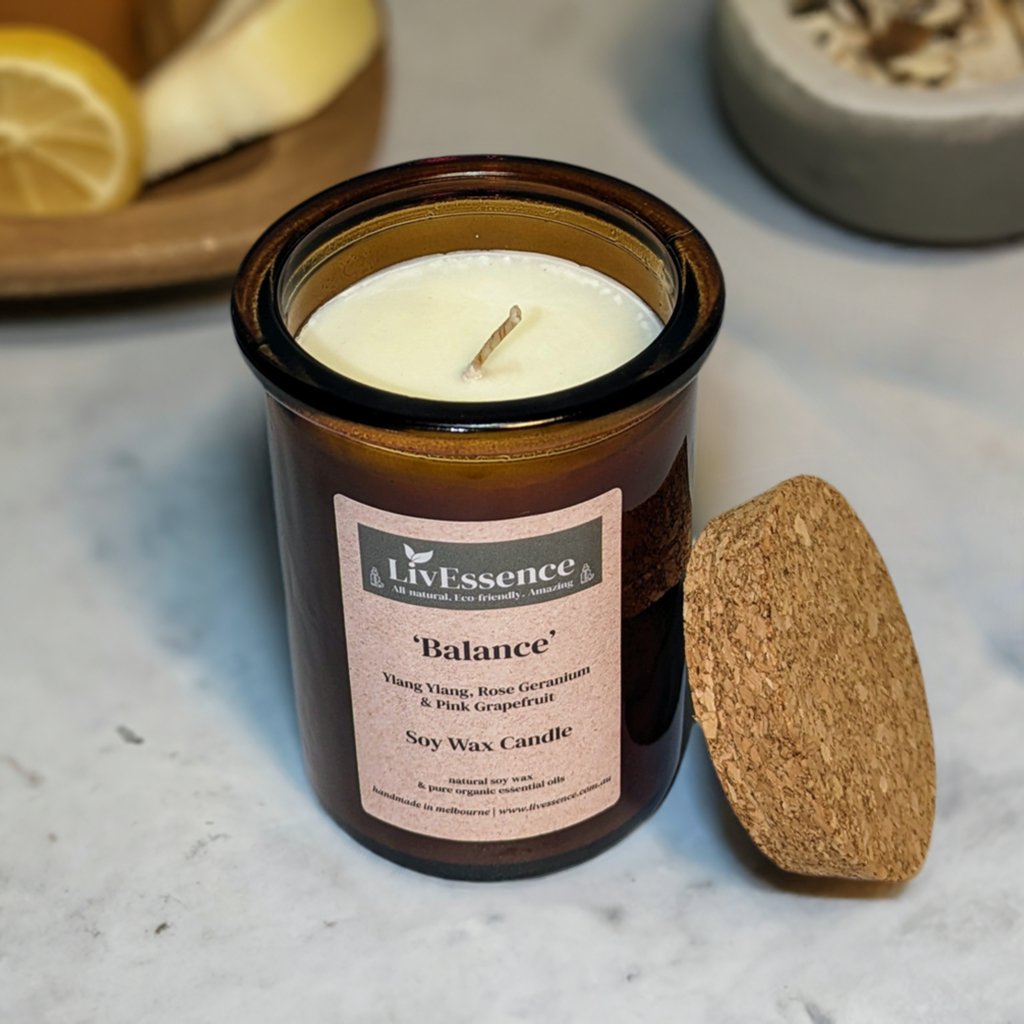Develop Setting with Handmade Soy Wax Candles and Home Fragrance
Develop Setting with Handmade Soy Wax Candles and Home Fragrance
Blog Article
From Wick to Wax: Understanding the Chemistry Behind Soy Wax Candles and Their Environmental Influence
As we illuminate our spaces with the warm glow of candle lights, there exists a realm of complex chemistry behind the seemingly simple act of lighting a soy wax candle light. Join us as we untangle the scientific complexities behind soy wax candles and explore their effects on our environment.
Soy Wax Vs. Paraffin Wax
When comparing soy wax and paraffin wax for candle light making, it is important to understand the distinctive characteristics and advantages of each product. Soy wax is a natural, renewable energy originated from soybean oil, making it naturally degradable and environmentally friendly - soy candles. On the other hand, paraffin wax is a byproduct of petroleum refining, which raises issues concerning its ecological impact and sustainability
Soy wax candles burn cleaner and send out much less residue contrasted to paraffin wax candles, making them a healthier option for indoor air high quality. In addition, soy wax has a lower melting point, enabling a longer-lasting candle light that disperses fragrance better. Paraffin wax, on the various other hand, tends to burn faster and much less easily, possibly releasing damaging chemicals into the air.
From a sustainability point of view, soy wax is favored for its biodegradability and sustainable sourcing, straightening with the growing customer preference for environmentally aware products. While paraffin wax has been a traditional option in candle light making because of its price and ease of usage, the shift in the direction of green choices like soy wax is obtaining momentum in the sector.
Chemical Composition of Soy Wax

Combustion Process in Soy Candles
The chemical composition of soy wax straight influences the burning procedure in soy candles, affecting basics variables such as burn time, fragrance release, and environmental impact. When a soy candle is lit, the warm from the flame thaws the wax near the wick.
The burning performance of soy candles is affected by the pureness of the soy wax and the high quality of the wick. Furthermore, soy wax candles have a lower environmental impact contrasted to paraffin candle lights due to their eco-friendly and renewable nature.

Environmental Benefits of Soy Wax

Taken into consideration a lasting choice to typical paraffin wax, soy wax uses significant environmental advantages that make it a popular option amongst eco-conscious customers. Soy wax burns cleaner and generates less residue than paraffin wax, contributing to better indoor air quality and decreasing the need for cleansing and maintenance. Generally, the ecological advantages of soy wax align with the growing demand for lasting and environment-friendly products in the market.
Recycling and Disposal Factors To Consider
Reusing and proper disposal of soy wax candle lights play an important duty in preserving environmental sustainability and lowering waste in communities and families. When it comes to recycling soy wax candles, the first action is to guarantee that the candle light has actually melted completely.

In terms of disposal, if recycling is not a choice, soy wax candles are naturally degradable and can be safely disposed of in many family waste read this post here systems. It is constantly suggested to inspect with local reusing facilities or waste management solutions for particular standards on candle disposal to ensure correct handling and environmental defense.
Final Thought
In verdict, the chemistry behind soy wax candle lights discloses their ecological benefits over paraffin wax candle lights. Soy wax, obtained from soybean oil, burns cleaner and creates less soot when compared to paraffin wax.
When contrasting soy wax and paraffin my review here wax for candle making, it is essential to understand the distinctive attributes and benefits of each material (crystal soy candles).Soy wax candles melt cleaner and give off less residue contrasted to paraffin wax candle lights, making them a much healthier choice for indoor air high quality.Taken into consideration a lasting alternative to standard paraffin wax, soy wax supplies noteworthy environmental advantages that make it a popular option amongst eco-conscious consumers. Soy wax burns cleaner and creates less soot than paraffin wax, contributing to far better indoor air quality and minimizing the demand for cleansing and maintenance.In verdict, the chemistry behind soy wax candle lights discloses their ecological benefits over paraffin wax candle lights
Report this page